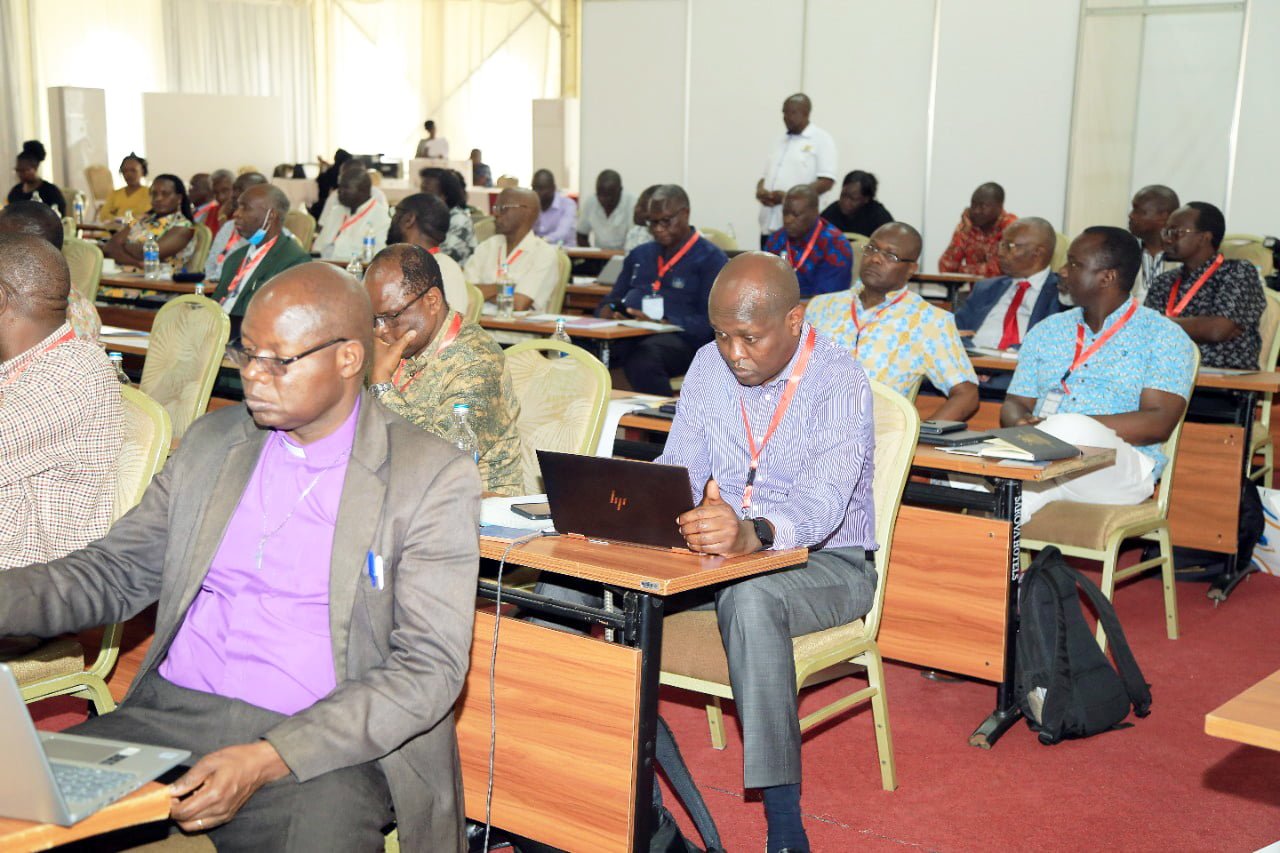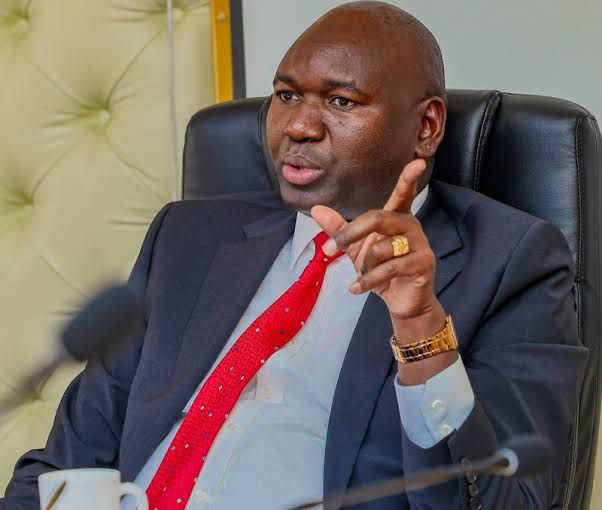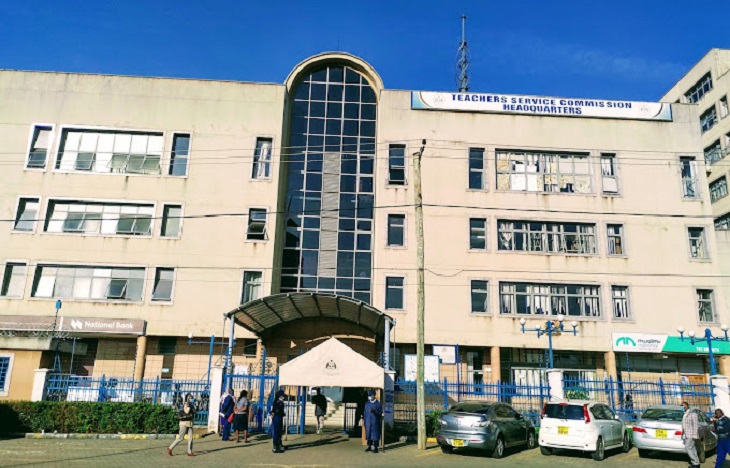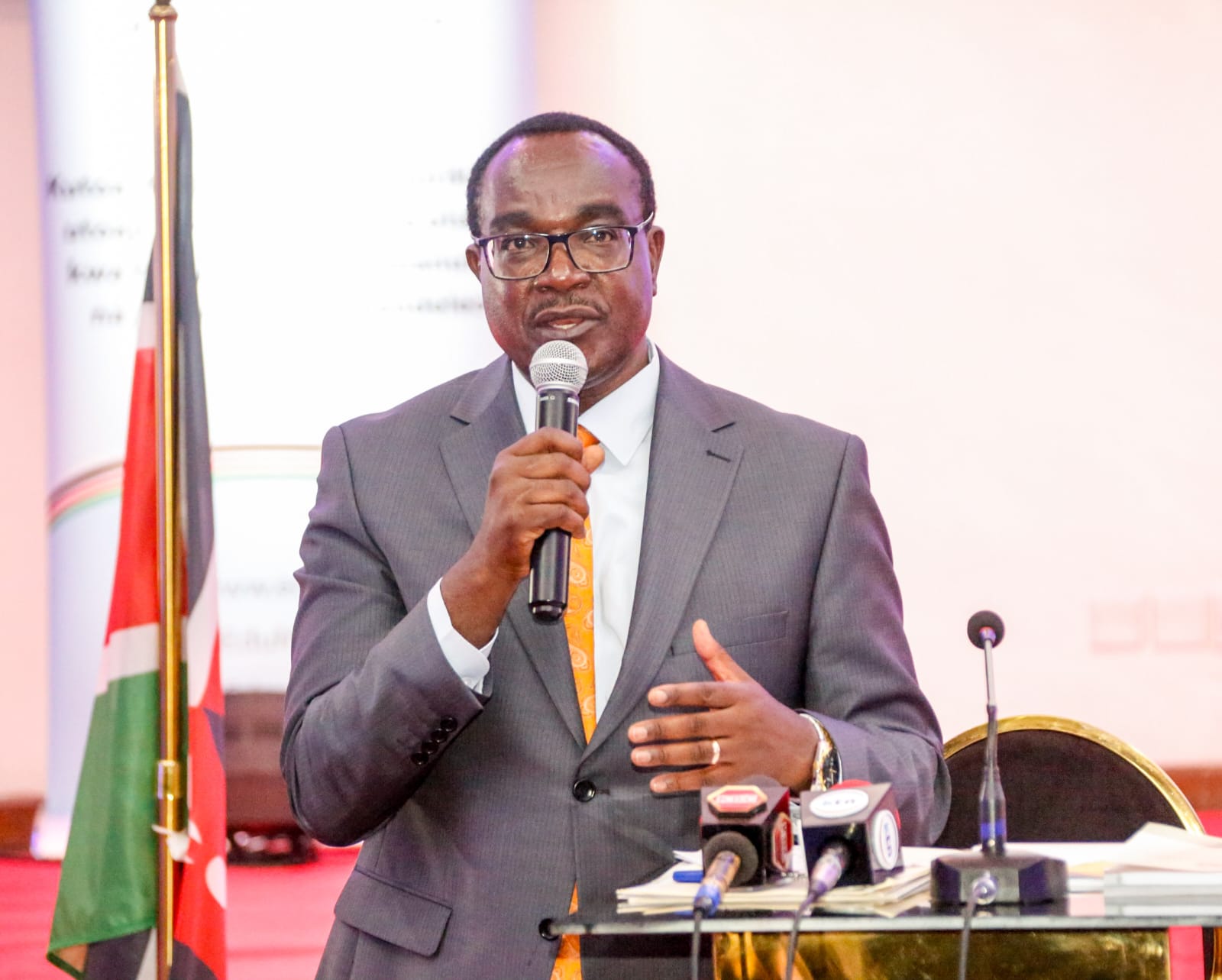Key among the resolutions fronted by Public University council chairpersons, vice chancellors and principals of constituent colleges during the conference is to urgently review fees paid by students.
By Roy Hezron
Stakeholders in public universities have made far-reaching resolutions that if adopted, could lead to crafting of strategies to reduce debt that will guarantee sustainability of public universities even as the political transition takes shape.
In their first International Annual Conference which brought together university council chairpersons, vice chancellors and principals of constituent colleges, the stakeholders identified the Vice Chancellors’ Committee and the Inter-Public Universities Council Consultative Forum (IPUCCF) as key organs that are expected to immediately take up the resolutions for action.
Others are the Ministry of Education (MOE), National Research Fund (NRF), National Treasury and Planning, Ministry of Information and Communication Technology (ICT), and Salaries and Remuneration Commission (SRC).
The 3-day Mombasa conference from September 21, 2022 to September 23, 2022 also tasked the mentioned organs with the role of engaging the Ministry of ICT to connect all universities to the National Fiber Optic Backbone (NFOBI).
They are also to develop strategies of addressing the technical challenges and to consider taking advantage of the declared Ksh500 billion intimated by the new administration for the clearance of pending bills.
Challenges of varsity funding
The stakeholders identified the challenges relating to UFB realizing its full mandate and funding models to universities. These include underfunding, whereby out of over 143,000 new students who qualified for funding, Higher Education Loans Board (HELB) could only loan 60,000, hence a funding gap of over Ksh5 billion.
On the other hand, HELB experiences delayed release of funding from Treasury, even though the amount of loans given to students were reduced from Ksh45, 000 to about Ksh37,000.
Further, universities have failed to adhere to new government priority focus, curtailing the board’s ability to solicit for more funds beyond what the government disburses, with some institutions like Kisii University feeling that the formula used was flawed.
Other challenges include inaccessibility to private capital by universities, the obscurity of the criteria for student funding by HELB, and the threat of takeover of entities set up by universities by the central government.
They gave the example of Kenyatta University Teaching, Referral and Research Hospital (KUTRRH) and Rivatex, which are under threat with such moves negatively affecting learning and income flows.
It was further resolved that HELB should reschedule stakeholder meetings that had been suspended due to the Covid-19 pandemic.
Resolutions
Broadly, they agreed to lobby for the inclusion of the Ksh68 billion owed to the universities into the pending bills, ask the government to admit only those students the budget can support, consider realigning university courses to the Kenya Kwanza Government manifesto, and develop a framework for resource mobilization for the universities sub-sector.
Further, universities were asked to adopt optimal organization structures so that there is a reduction on resource wastage, review of the funding formula in line with the programmes available, and revision of student fees with relevant stakeholders.
There is also need to establish policies and rules of engagement that facilitate the engagement of universities and county governments in key areas of mutual benefit, government sponsorship of students into courses that attract a significant number of applicants, conducting internal self-assessments, and taking advantage of areas of strengths to enable each university have key niche courses that are competitive globally.
It was further resolved that HELB should reschedule stakeholder meetings that had been suspended due to the Covid-19 pandemic.
It was recommended that a Board Paper be drafted and presented to the government concerning the financial challenges bedeviling institutions of higher learning.
New wealth creation
It was observed during the conference that public universities can use intellectual capital as the new wealth creation avenue.
However, this is faced with challenges such as weak legal regimes for the protection of intellectual property and the inability of researchers to convert innovations into commercialized products.
As an intervention, they resolved to develop a deliberate nexus between research and productivity.
They further resolved that senior members of Faculty need to develop mentorship strategies and enhance the role of post-graduate students in research and innovation.
In addition, they saw the need to move the appointment of Faculty Deans away from elections as practised in most Kenyan universities, as well as development of strategies for commercialization of knowledge and internationalization of university education.






